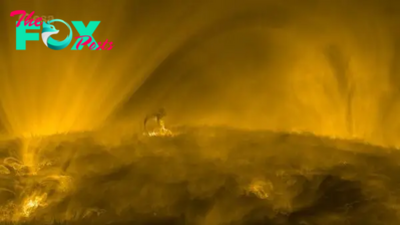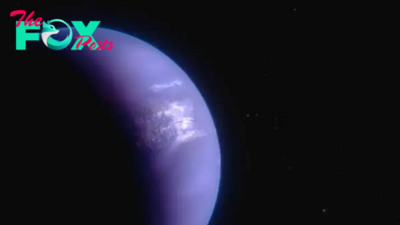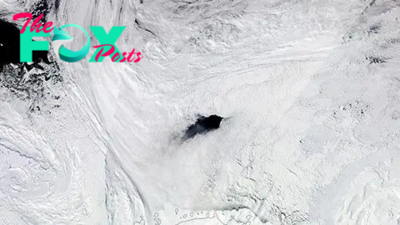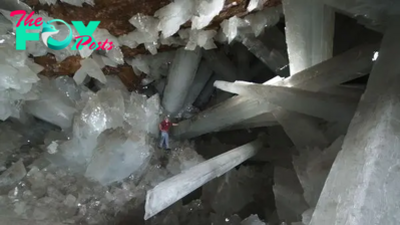Science
Hundreds of mysterious 'rogue' planets discovered by James Webb telescope may finally have an explanation
The mystery behind hundreds of strange, free-floating planets detected by the James Webb Space Telescope (JWST) may be a step closer to being solved.
Many "rogue" planets, which lack a parent star, lurk in the cosmos. These free-floating planets (FFPs), including pairs of Jupiter-size worlds that orbit each other, are Mysterious to scientists. But a new study likely rules out one way these so-called Jupiter-mass binary objects (JuMBOs) could have formed.
Astronomers discovered FFPs more than 20 years ago, using the United Kingdom Infrared Telescope in Hawaii. Since then, observers have spotted hundreds of such rogue astronomical bodies, and they reeled in their biggest catch last year. This haul, detected by the powerful JWST, consisted of more than 500 free-floating planets in a trapezoid-shaped expanse of the Orion Nebula, a stellar birth hotspot.
Notably, 80 of these worlds, which are between 0.7 and 13 times the mass of Jupiter, formed pairs of planets that orbit each other.
Related: 35 jaw-dropping James Webb Space Telescope images
These enigmatic entities have puzzled the Astronomy community. For one thing, exactly how JuMBOs — and more generally, FFPs — form is a mystery. One idea is that such planets, paired or otherwise, form when clouds of gas and dust collapse under their own gravity. That's like a scaled-down version of star formation.
Another hypothesis is that such planets are pulled away from their closely packed parent planetary systems by the gravitational force of a particularly large object, like a passing star.
-
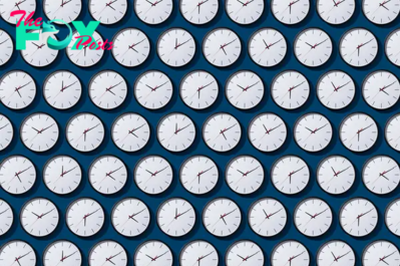
 Science1d ago
Science1d agoWe Still Don’t Fully Understand Time
-
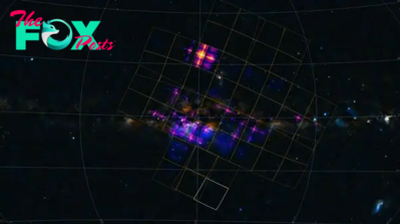
 Science2d ago
Science2d agoChina's 'lobster eye' Einstein telescope releases 1st batch of trippy space images
-
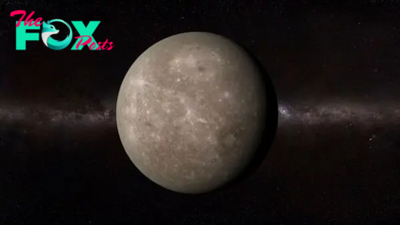
 Science2d ago
Science2d agoIt's the best time of year to spot Mercury. Here's how to find it.
-
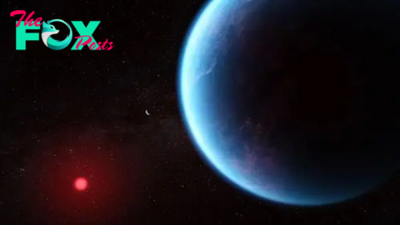
 Science2d ago
Science2d agoNo, the James Webb Space Telescope probably didn't detect signs of alien life — but it soon could
-

 Science3d ago
Science3d ago'You certainly don't see this every day': Ultra-rare backward-spinning tornado formed over Oklahoma
-
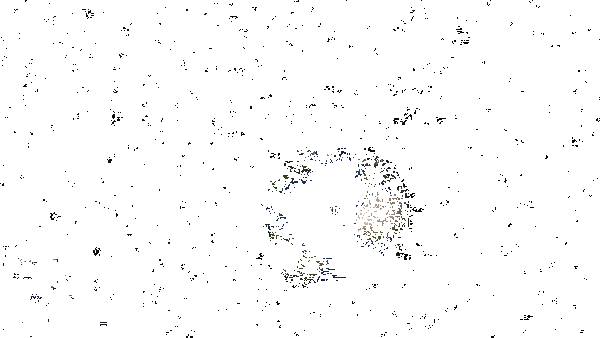
 Science3d ago
Science3d agoAsteroid that exploded over Berlin was fastest-spinning space rock ever recorded
-
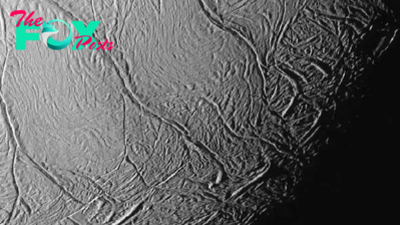
 Science3d ago
Science3d agoEnormous 'San Andreas fault' on Saturn's moon could help reveal signs of alien life
-
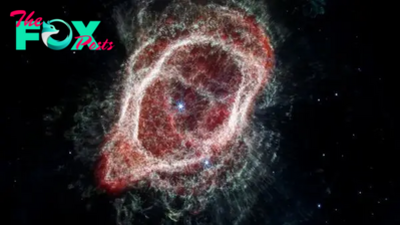
 Science3d ago
Science3d ago'We were amazed': Scientists find hidden structure in nebula captured by James Webb telescope


